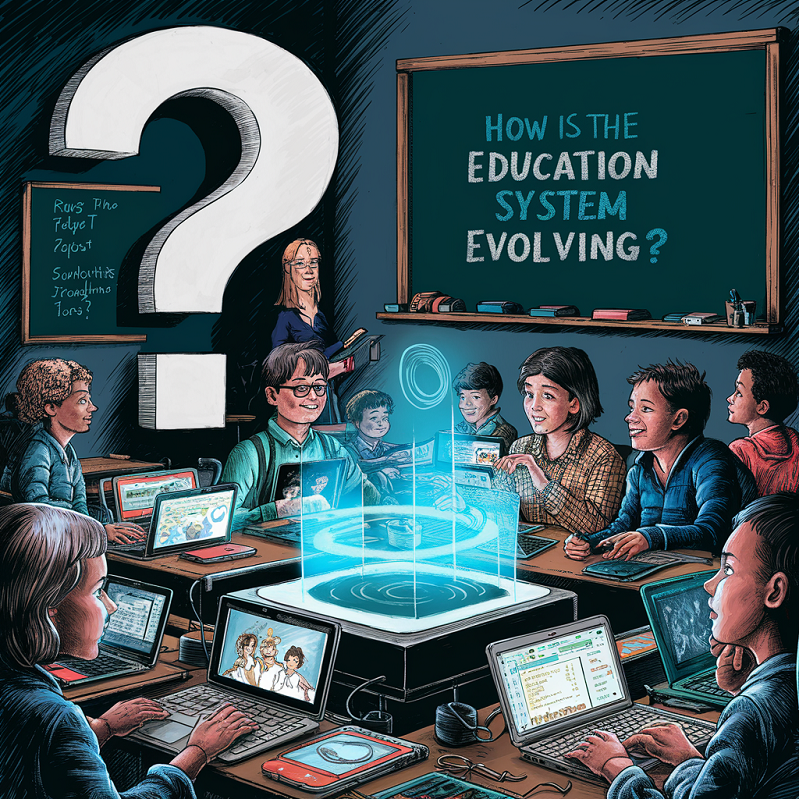In recent decades, the system of formal education has changed markedly. Older adults will be able to remember a time when their school education typically revolved around a teacher standing at a blackboard, and key learning points and questions would be written on the blackboard, encouraging students to memorize specific facts from a subject.
The emphasis was mainly on remembering key pieces of information, which could then be reiterated in formal tests to demonstrate an understanding of the subject. However, this rigid form of learning is now recognized as not being ideal for many students. It is a one-dimensional form of education that does not inspire creativity or foster the development of critical thinking skills or collaboration with other students.
In this article, there will be a focus on how the educational system in schools has evolved over the last decade. New teaching techniques will be explored, and some information will be provided on the newer forms of technology that are finding their way into classrooms.
An increasing focus on collaboration in the classroom
As previously mentioned, the once-common system of memorizing and repeating information as an individual student is being overhauled to emphasize collaborative activities in the classroom.
Teachers will often set group activities for their students to undertake instead of focusing on individual learning tasks. Such group activities are recognized to help students learn to communicate more effectively and help pupils build their knowledge of some key concepts of project management and critical thinking. An excellent example of a collaborative task for students is to allow them to work together as a team in creating a school book. Teachers can find a wide range of useful resources that will help them undertake this project by visiting https://studentreasures.com/teachers-lounge/lesson-plans/. These resources can help both students and teachers plan the structure of their school book and ensure that it adheres to educational learning objectives.
Students can divide the work into specific sub-tasks and activities, being encouraged to take on roles in the project that suit their unique skills and academic strengths. For example, students with an interest in creative writing can be tasked with creating some of the main content in the book; other students can help oversee the progress of the book project, ensuring that everyone knows their role and the timescales for their unique contributions.
In short, a school book project can be an ideal way to promote collaborative work in the classroom.
The adoption of new technologies
In 2024, few schools rely on a blackboard or overhead projector to teach various subjects. Today, new technologies are finding their way into the education system to offer unique learning opportunities and to inspire students. One key example of this is the rise of virtual reality (VR) technology in the classroom as a learning tool.
Many schools have now purchased VR headsets and downloaded specific learning materials to the devices. Subjects such as history are ideal when taught in immersive 3D worlds, as students can take a journey back in time and experience the sights and sounds of different eras in history, bringing learning to life and creating a captivating educational experience.
This form of learning will likely continue to be rolled out across the educational system as it is popular with students and the number of educational VR resources continues to grow.




